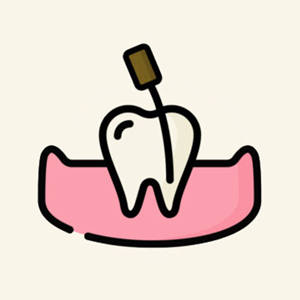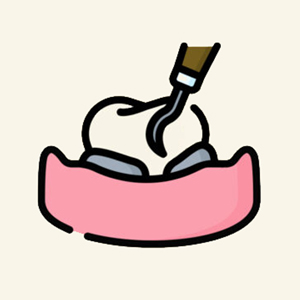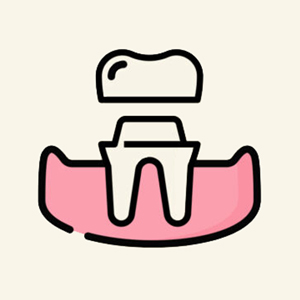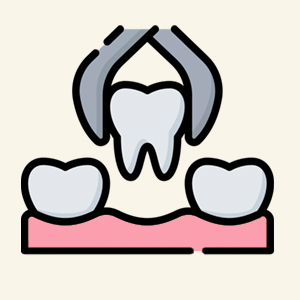Why Choose Chinook Dental Group?
Four Dental Specialties
Receive comprehensive care for four dental specialties.
Appointments Available
Receive timely care and schedule immediate appointments.
No Judgement Services
Receive dental care without feeling embarrassed or uncomfortable.
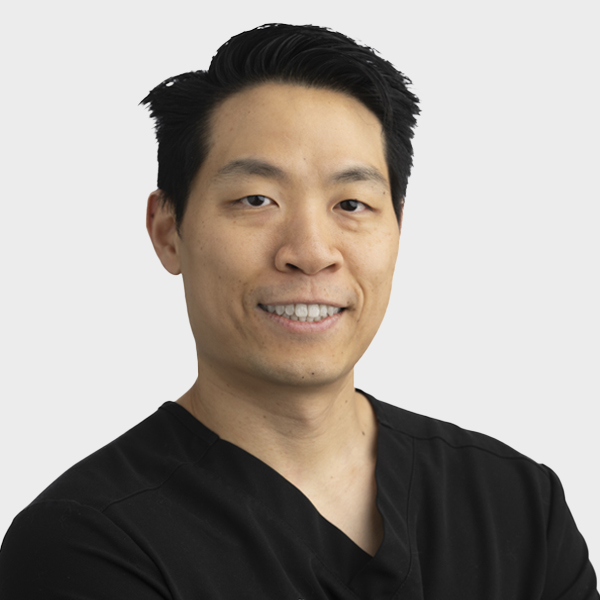
Dr. Choo-Soon Kua
Dr. Kua is a Certified Specialist in Oral & Maxillofacial Surgery born and raised in Calgary. He received his Bachelor of Science in Kinesiology from the University of Calgary in 2008. Dr. Kua obtained his Doctor of Dental Surgery from The University of Western Ontario in 2012. Following completion of his doctorate, Dr. Kua practiced general dentistry in Calgary and Bowden Correctional Institution for two years before being accepted into and completing his specialty training in Oral & Maxillofacial
Surgery at Montefiore Medical Center in the Bronx, New York. His residency consisted of rotations in anesthesia, general surgery, otolaryngology, emergency medicine, internal medicine, and critical care medicine. He is trained in all aspects of IV sedation, complex dentoalveolar surgery, dental implants, bone grafting, oral and maxillofacial pathology, and non-surgical temporomandibular joint disorders.
Dr. Kua is excited to offer a broad range of oral and maxillofacial surgery services to Calgary and surrounding areas.
Understanding Orthodontic Exposures
Getting your smile straight and beautiful with orthodontic treatment involves a series of procedures. The goal is to align your teeth, improve your bite, and enhance your smile. One of the possible procedures that your orthodontist may recommend is surgical exposure. This is done to guide an impacted or hidden tooth to its correct position, ultimately for both aesthetic and functional reasons.
Chinook Dental Group is home to experienced providers to ensure that your orthodontic exposure procedure will go smoothly and successfully. Read along to know more.
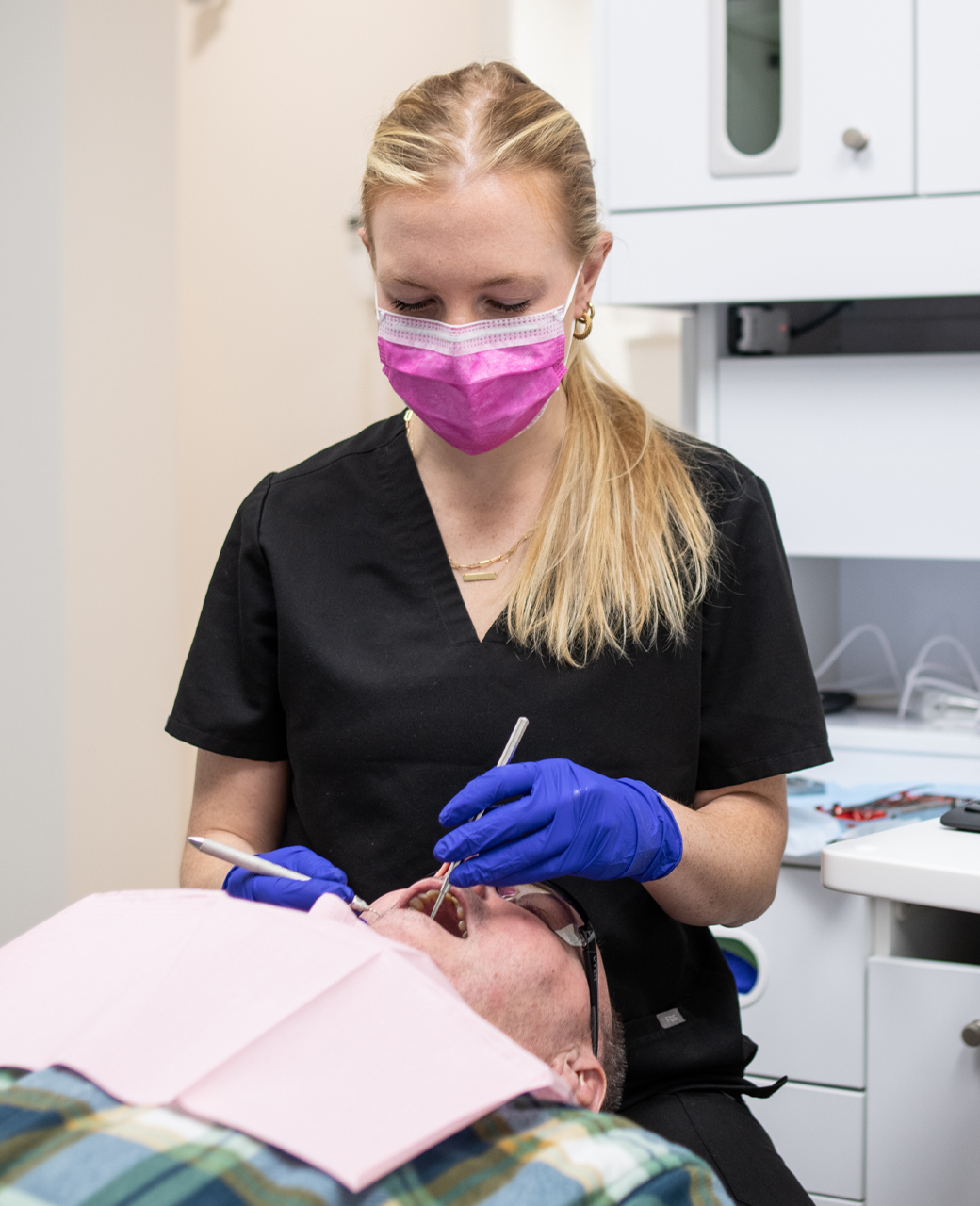
Why are Orthodontic Exposures Necessary?
Orthodontic exposures are an essential step in your treatment plan. It corrects the position of an impacted tooth, which is a tooth stuck beneath the gums or bone and unable to erupt naturally on its own. This is commonly done for canine teeth but can occur with other teeth as well.
With orthodontic exposure, your orthodontist can align all teeth for a more symmetrical and beautiful smile. If left untreated, an impacted tooth can cause tooth crowding, misalignment, and bite issues.
Additionally, delaying your orthodontic exposure can lead to complications. This may include damage to the adjacent teeth or cyst formation. It can also delay the progress of your orthodontic treatment as impacted teeth can cause non-movement of your other teeth.
Overall, timely orthodontic exposure reduces the need for more invasive treatments in the future and improves your overall oral health and appearance.


The Orthodontic Exposure Procedure
Depending on the complexity of the case, an orthodontic exposure procedure typically takes 30 minutes to an hour. Here’s how the treatment is usually done:
Pre-surgical evaluation
First, a thorough pre-operative evaluation is done using X-rays, including 3D scans. This will determine the exact location of the tooth which will help the oral surgeon plan the procedure.
Sedation and anaesthesia
Then, your surgeon will discuss anaesthesia options to keep you pain-free and comfortable during treatment. Your options include local anaesthesia, nitrous oxide, or IV sedation.
Surgical procedure
When the anaesthesia has taken effect, the surgery will begin. An incision is made on the gum to access the impacted tooth. If needed, some bone may also be removed. This is done to fully expose the tooth.
Bracket attachment
Lastly, an orthodontic bracket is attached to the tooth. This attachment will help your orthodontist move the tooth in the right direction. Some weeks are allotted to allow the gums to heal around the exposed tooth before your orthodontist will begin the movement of teeth using the attachment.
Post-Procedure Care and Recovery
After the procedure, mild discomfort, some bleeding, swelling, and tenderness can be expected. These can be managed by post-surgical care and medications. Here’s what you can do as you recover to help reduce symptoms, improve your comfort, and minimize the risk of complications:
- Immediately after – Rest and avoid eating solid foods for a few hours. Take the prescribed pain medications. If there is swelling, apply an ice pack directly over the area.
- After 1 – 2 days – Swelling should start to subside and discomfort will gradually lessen. Soft foods are generally recommended. Keep good oral hygiene to encourage faster healing.
- After 1 week – Most of the discomfort will have passed and normal activities may resume. Your oral surgeon may ask you to return for a follow-up to check on your healing and to remove residual stitches if there are any.
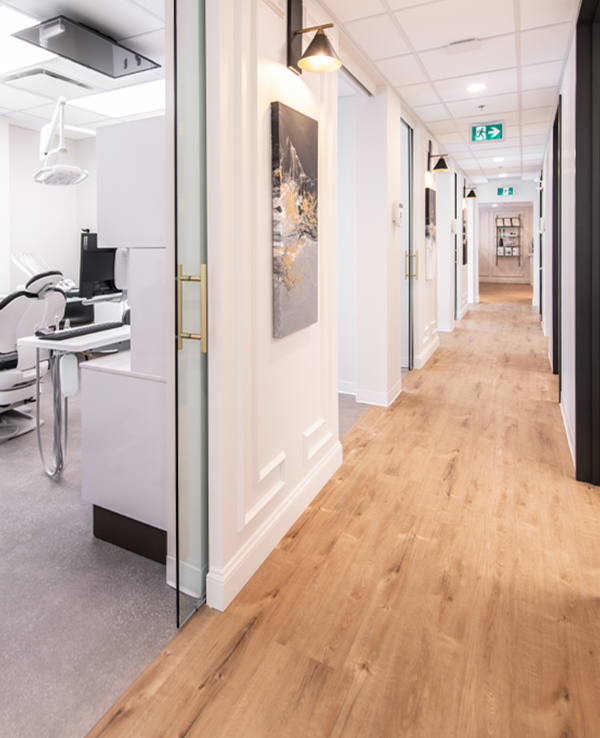

Contact Us To Book An Appointment
A successful treatment is highly dependent on your general dentist, orthodontist, and oral surgeon. Because this is a complex procedure, these professionals work hand in hand to ensure predictable treatment outcomes. That being said, choosing a dependable team is crucial to success.
When selecting your team, consider factors such as experience, training, and patient reviews. This helps to determine that you are in the right hands for a smooth and effective treatment.
Ready to book an appointment? Call us today and let us discuss your orthodontic needs!


